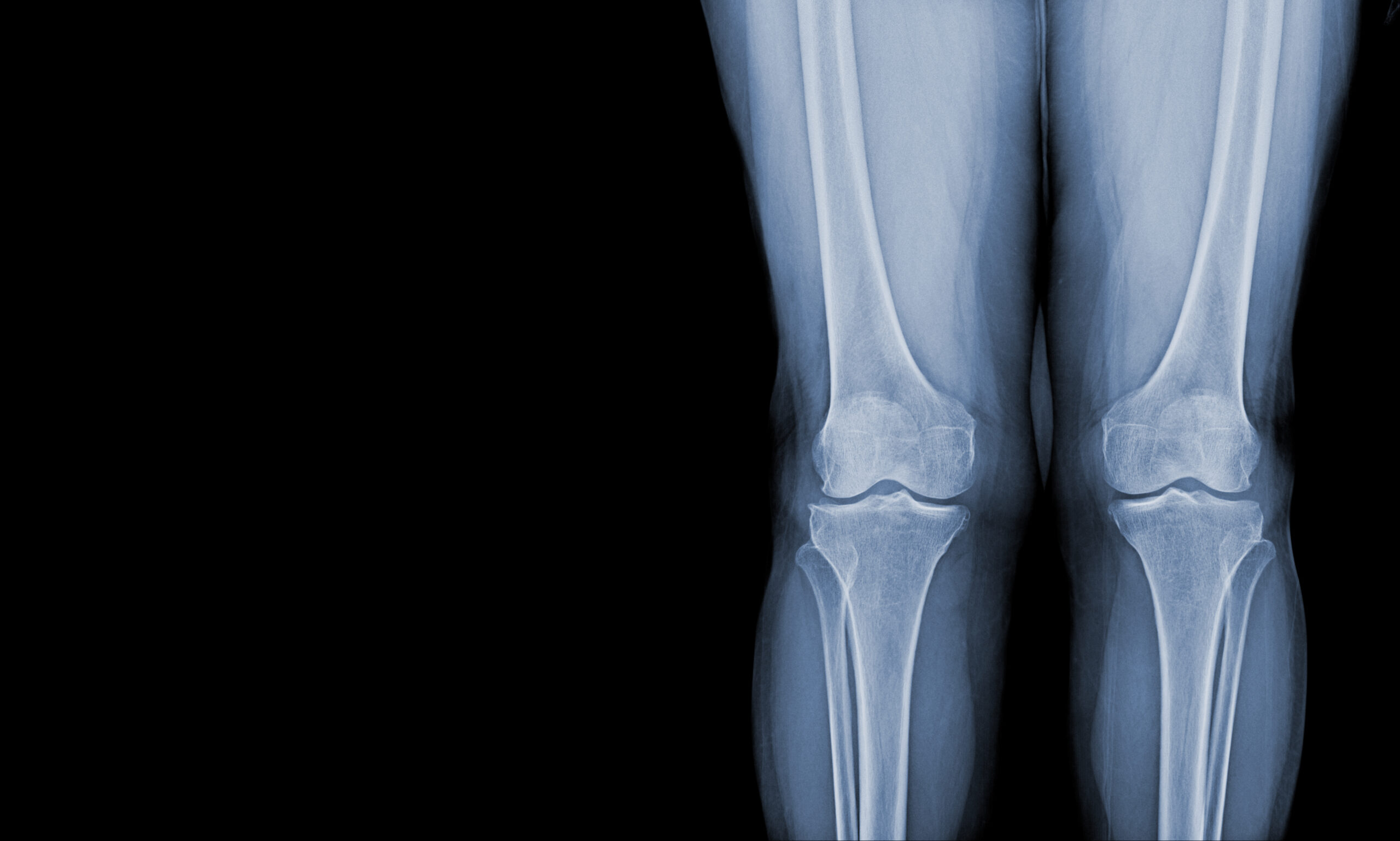What is a Scanogram?
A scanogram is a special type of X-ray. It helps doctors measure the length of bones in your body. Often, doctors use a scanogram to check if your legs are the same length. This scanogram procedure is quick and painless. Because it gives clear images, it helps doctors plan treatments or surgeries. According to the World Health Organization (WHO), X-rays like scanograms are safe when used properly.
Why is a Scanogram Done?
Doctors order a scanogram for several reasons. Sometimes, they need to check for differences in leg length. Other times, they want to see if a bone has grown properly after an injury. In addition, a scanogram can help with planning for joint replacement surgery. Here are some common scanogram uses:
Because the scanogram gives accurate results, it is often the first step before treatment.
How Does a Scanogram Work?
A scanogram uses X-ray technology to create images of your bones. First, the machine takes a series of X-rays at different points along your leg or arm. Then, a computer puts these images together. As a result, your doctor can measure the exact length of each bone. Unlike regular X-rays, a scanogram focuses on measurement, not just pictures. This makes it very useful for certain bone problems.
Preparing for a Scanogram
Getting ready for a scanogram is simple. Usually, you do not need to do much. However, you should follow these steps:
Because the scanogram procedure is quick, you can often return to normal activities right after.
What to Expect During the Procedure
During the scanogram, you will lie down or stand, depending on which body part is being scanned. Next, the technician will position you carefully. Then, the machine will take a few X-ray images. You may need to stay still for a short time. The whole scanogram procedure usually takes less than 15 minutes. Afterward, you can go home or back to your daily routine.
Risks and Safety
Scanograms are safe for most people. The amount of radiation used is very low. According to the Centers for Disease Control and Prevention (CDC), the risk from a single X-ray is very small. However, you should always tell your doctor if you are pregnant or think you might be. In rare cases, people may feel nervous about the procedure, but it does not hurt. Because scanogram safety is a top priority, technicians follow strict rules to protect you.
Understanding Your Results
After your scanogram, a radiologist will look at the images. Then, they will measure your bones and write a report. Your doctor will explain the scanogram results to you. If there is a difference in bone length, your doctor will discuss what it means. Sometimes, more tests or treatments are needed. However, many people do not need any further care. Always ask your doctor if you have questions about your scanogram results.
Frequently Asked Questions
In summary, a scanogram is a safe and simple way to measure bone length. It helps doctors plan the best care for you. If you have more questions, consult a radiologist or your healthcare provider for personalized advice about scanograms.


